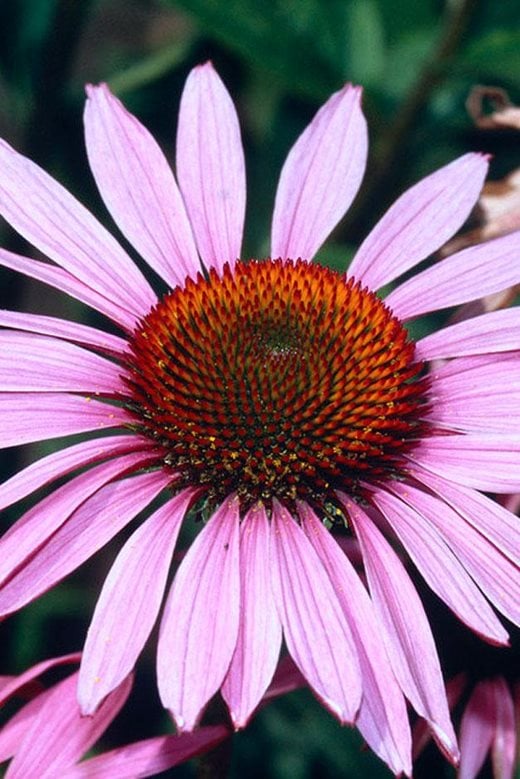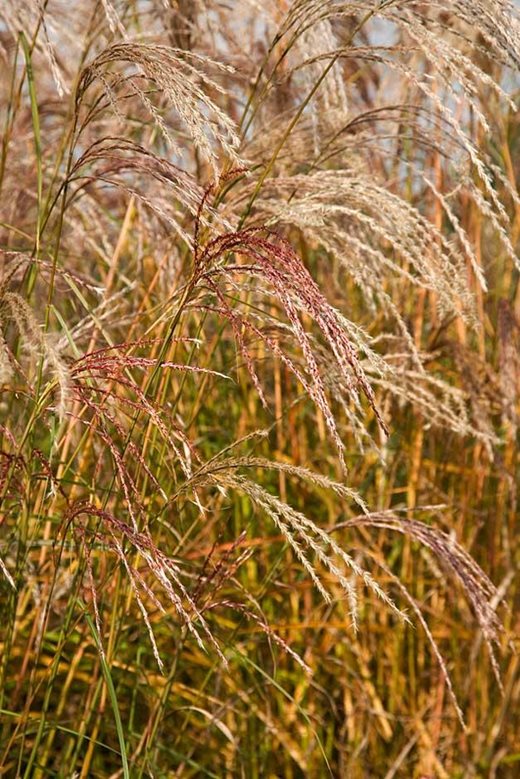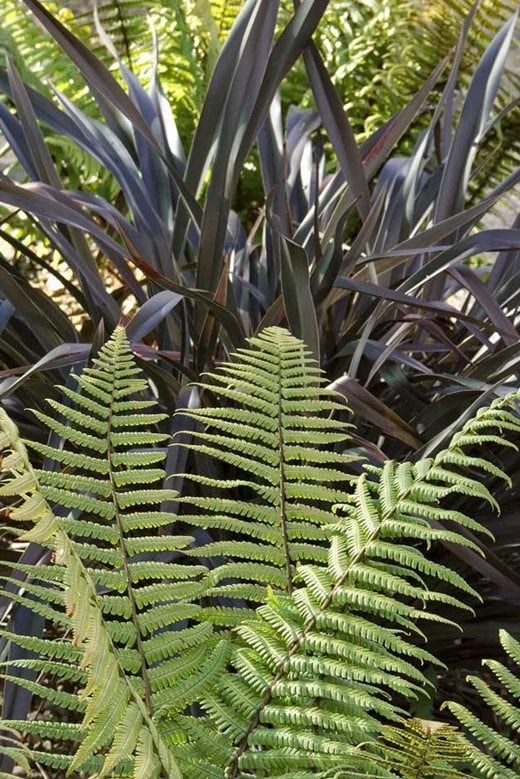Along with a crisp, geometric layout, contemporary gardens need plants that fit with a strong, architecturally-driven style
 Bamboo
Bamboo
Bamboos come in a variety of sizes, colours and vigour, so need careful selection. They make excellent screens that rustle in the breeze, adding a touch of the Orient.
- Grow them: generally, they prefer a sheltered spot with well-drained soil, disliking constantly wet or extremely dry conditions.
- Combine with: on their own or with bold-leaved plants such as fatsia or acer.
- Best for contemporary gardens: some AGM winners are: Phyllostachys nigra, an elegant black-stemmed, clump-forming bamboo that can reach 4m (13ft); for a similar height but different colour, there's the golden P. bambusoides ‘Castillonii’; Pleioblastus variegatus, a low-growing, tufted bamboo with narrow, green leaves that have creamy white stripes.
Echinacea
Great for dry conditions and for injecting colour into the garden, these upright, clump-forming perennials with attractive blooms, are great for pollinators. Their muted tones are often used in repeated swathes in modern naturalistic planting.
- Grow them: in deep, well-drained soil in full sun, though they will tolerate some shade.
- Combine with: they're particularly at home in herbaceous borders. Try them in 'rivers' with grasses and salvias.
- Best for a contemporary garden: pink cultivar, Echinacea purpurea ‘Ruby Giant’ reaches 60-90cm (2-3ft) tall; ‘Hot Lava’ has deep orange-red petals flaring from a bright orange centre; E. ‘Virgin’ has a large, green central cone and pure white flowers.
Grasses
Creating volume for contemporary gardens especially in late summer and autumn, grasses add structure, texture and movement. Their panicles of flowers and bronzing tints are an added bonus.
- Grow them: grasses generally need sun and well-draining soils. Sedge and rush cope with damper conditions.
- Combine with: pure grass borders can be very effective or mix with naturalistic plantings.
- Best for contemporary gardens: For graceful feathery plumes in late summer try Miscanthus 'Flamingo' AGM; Festuca glauca 'Blaufuchs' gives blue tussocks of low foliage; Luzula nivea gives evergreen cover in moist, shadier conditions.
Phormium
Providing imposing, sword-like foliage, these evergreen perennials from New Zealand form clumps in a range of colours and variegation.
- Grow them: in full sun and fertile, well-drained soil. They're hardy down to around -12°C (10°F), so in colder areas protect with a deep, dry winter mulch.
- Combine with: on their own as a specimen or with plants of contrasting like the juvenile blue of pollarded eucalyptus for colour contrast.
- Best for contemporary gardens: Phormium tenax an architectural evergreen with striking red flowers; P. ‘Variegatum' AGM has cream-edged, variegated foliage; and P. cookianum subsp. hookeri 'Tricolor' AGM has multi-coloured foliage of yellow and green, edged with red.
 Euphorbia
Euphorbia
From running ground cover to rounded shrubs, many spurges have an acid yellow colouring that adds a contemporary zing to early summer. Choose species that make interesting structures. Note: avoid milky sap touching your skin.
- Grow them: requirements vary, depending on type
- Combine with: plants that contrast in form or colour such as phormium or vividly coloured tulips. They also blend with a range of herbaceous plants.
- Best for contemporary gardens: ‘E. characias subsp. wulfenii 'John Tomlinson’ AGM has rounded flower heads of bright green in spring, set against glaucous foliage; E. griffithii 'Dixter' AGM a rhizomatous perennial with glowing flowerheads atop funky pink, green and red foliage; E. palustris AGM, a perennial to 1m (3ft) with acid lime colouring in May.
More from the RHS
Garden design resources
Contemporary garden design gallery

